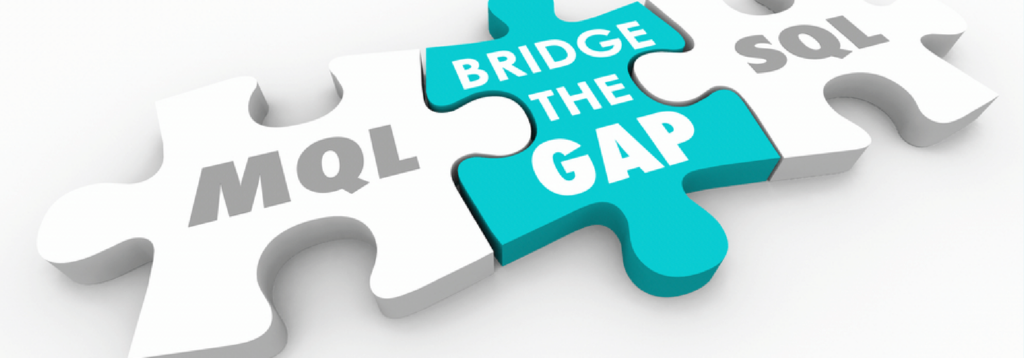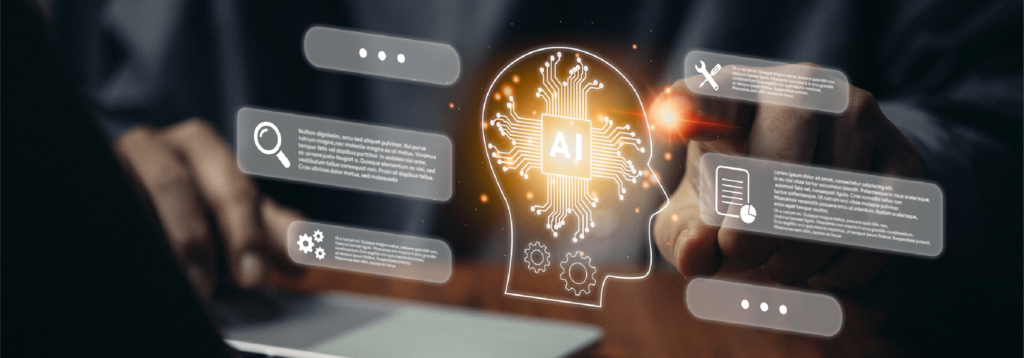MQL vs. SQL: What’s the Difference?

Jumping to the last page of a book isn’t as impactful as when you have a chance to read the character exposition, plot buildup, and the epic final battle. The same is true for converting your leads. If you skip to the conversion without the buildup, your leads may not respond to your sales pitch […]
Marketing Qualified Lead vs. Sales Qualified Lead Conversions in the Tech Industry

Converting a stranger to a lead is a massive win for any marketer. However, it’s just the first step in the journey to the ultimate conversion: a sale. That lead will cross several more barriers before you can count it as a profitable success. One barrier is moving from a marketing-qualified lead to a sales-qualified […]
How to Optimize Your Mobile App Conversion Rate

It’s possible that over half of the people reading this article are accessing it on a smartphone. Mobile phone usage is exploding. You use your mobile devices for everything from checking emails to watching your favorite sports team. You even keep your favorite brands’ apps on your phone. While smartphones are convenient for consumers, they […]
Why Your Tech Company Needs AI Conversion Rate Optimization

Being an intuitive marketer means knowing when to work harder and when to work smarter. Conversion rate optimization is one area where working smarter yields greater rewards. We all have human limitations. When we work within our limited capabilities, we also restrict our business’s growth. AI conversion rate optimization pushes conversion rates beyond your human […]
How to Choose the Best Conversion Rate Optimization Tool for Your Business

You use screwdrivers to twist screws into their slots. They are very effective at their jobs. But you wouldn’t use a screwdriver to build large furniture pieces, staircases, and home extensions. There’s a point where manual screwdrivers aren’t effective, and you need to upgrade to a drill. Conversion rate optimization (CRO) tools are the drills […]
6 Top Conversion Rate Optimization Best Practices in 2024

“We doubled our website traffic this month.” Your marketing assistant proudly proclaims. “That’s fantastic! And how are our sales looking?” The assistant looks confused before replying that they remained the same. In your rush as a marketer to generate the numbers, we must not forget to also include strategies for converting those numbers to customers. […]
How to Increase Your Lead to MQL Conversion Rate

Conversion encompasses more than just the leads who purchase from your brand. Another key conversion rate is leads who move from new leads to marketing-qualified leads (MQL). Your lead-to-MQL conversion rate ensures your marketing budget pays off while identifying missed conversion opportunities. Hushly can help you boost that rate so every cent you invest in […]
How Hushly’s Conversion Rate Optimization Software Boosts Your Conversions

Conversion has become a complex mechanism that requires dozens of moving parts. There are several ways to attract and nurture leads and increasingly more ways for B2B customers to purchase products and services. Conversion is the most essential part of your marketing and sales process because it’s the grand finale of all your other strategies. […]
Your Ultimate B2B Conversion Rate Optimization Checklist

Marketing is like a game of baseball. Your marketing channels are the bases you want B2B traffic to touch. However, a phenomenal swing using SEO and social media to generate traffic doesn’t guarantee a home run sale. So, what can you do to help those hits go further, so your traffic is more likely to […]
How to Audit B2B Marketing Strategies

Nothing is quite as frustrating as putting lots of time and money into your B2B marketing strategies only to be disappointed by their results. However, before you go investing even more into improving your funnels, take a step back and conduct an audit first, so you can be sure of what’s wrong. 3 Ways to […]
